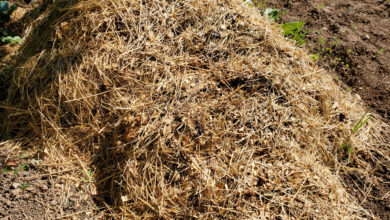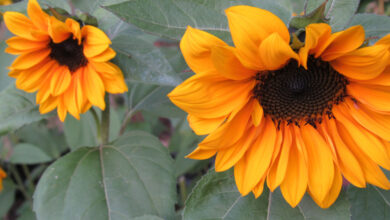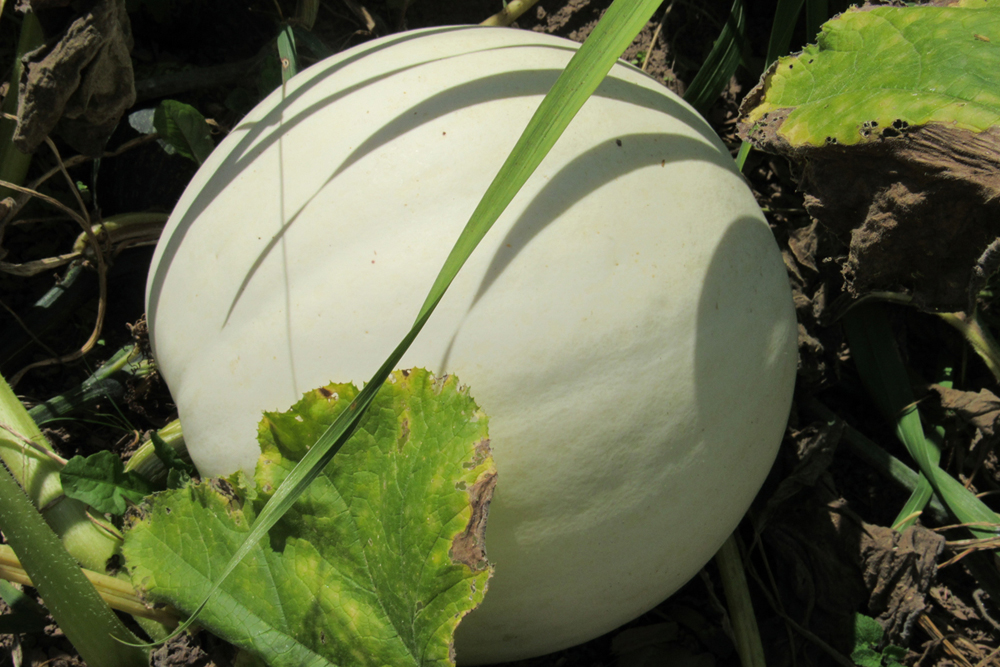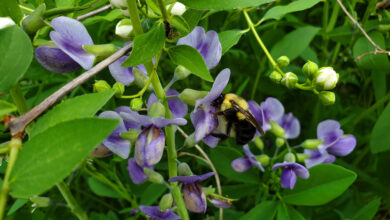Dogwoods brighten landscapes in any season
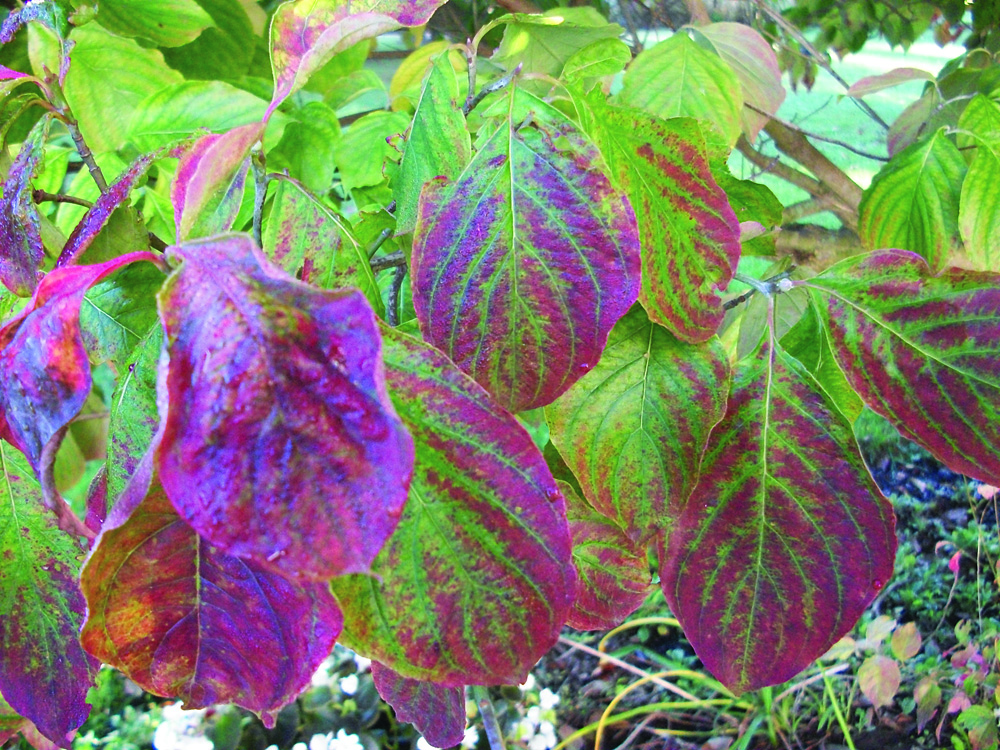
I considered writing a column about flowering dogwoods (Cornus florida) back in the spring when they bloom for up to as long as a month, but never got around to it. I decided now might be just as appropriate because dogwoods – which are deciduous and native to the eastern half of the U.S. – add year-round beauty and interest to the landscape, including right now with brilliantly colored foliage.
Many people don’t appreciate this fact. Years ago, I worked at Genesee Country Village and Museum in the Gallery of Sporting Art. Part of that job included tending the collection at the Carriage Barn while the interpreter there went on lunch break. The building was flanked by two large and lovely dogwoods and one day while I was working there, two women visitors noticed the trees and remarked that it was a shame that they didn’t provide interest past their spring bloom.
“Not so,” I told them, “the foliage is beautiful in the fall.” They had never noticed the impressive autumn display put on by the trees.
Flowering dogwoods are one of my favorite trees and I love the elegant spring blooms which I think hold up better and longer than crab and other fruit trees which flower at about the same time.
In 2012, we had a heavy wet snow accumulation on the last day of April – that on top of the crazy roller-coaster heat/hard freeze weather we had that spring.
My dogwood was a trooper through it all. The blooms held up no matter what tortures Mother Nature contrived.
The foliage is a nice deep green all summer and now- in October – I’m enjoying the deep reddish-purple leaves which sometimes hold on until the very end of the month. It is spectacular and lovely to look out at them from the front door and front windows of my home.
Because of where it is planted, my dogwood tree receives afternoon shade and protection from the prevailing winds.
When it was small, and before we had kitties, the dogwood was home to a family of robins that made a nest and raised a brood in one of the nooks created by the branches. It was very easy to see the inside of the nest because the tree was still small and we enjoyed watching the whole process of the nest being built, the eggs being laid, the babies hatching and growing until they fledged.
In their natural habitat, dogwoods grow as understory trees – protected by the larger growth around them.
The best place to plant them in your yard is in partial shade. They prefer well- drained, humus-rich soil that is lightly acidic. I leave the fallen leaves around the base each autumn to enrich the soil and mulch with cedar bark in the summer.
The first few years after planting, make sure you keep your dogwood well watered. They can become stressed and vulnerable to insect damage and disease if they do not get enough water during hot, dry spells.
Dogwood trees do not require much pruning, with the exception of removing dead/injured or diseased branches. Suckers should also be removed. I prune my tree in the summer and cut some branches during bloom time for bouquets because my tree is near our porch and can obstruct the walkway to our front door.
I’m thrilled this year because there are more than the usual number of brilliant red berries. The berries add late season interest and I love any kind of red/orange berries in the landscape from now through Christmastime.
I planted my tree 14 years ago and it has done well. Dogwoods can suffer from disease and insect infestation, however, particularly if they are not planted in an optimal spot.
Stressed trees can be susceptible to dogwood borers and those planted in full sun can suffer from heat stress. Dogwood anthracnose caused by the fungus discula destructiva can kill the trees. Signs of the disease are large purple-bordered leaf spots and scorched tan blotches that enlarge and kill the leaf.
Experts say favorable growing conditions can prevent the disease and include planting in partial shade, watering at ground level, and a 2-4 inch layer of mulch placed away from the trunk of the tree. Do not transplant dogwoods from forest areas into your yard; purchase only healthy trees from a reputable nursery.
White-flowering dogwoods appear to be less susceptible to the discula fungus and the “Appalachian” series cultivars are also resistant. Oriental dogwood (Cornus kousa – which is stunning) is also resistant to the disease.
I hope the dogwood tree outside my door stays healthy for many years to come – it is a wonderful way to enjoy the changing seasons.
10/13/13


